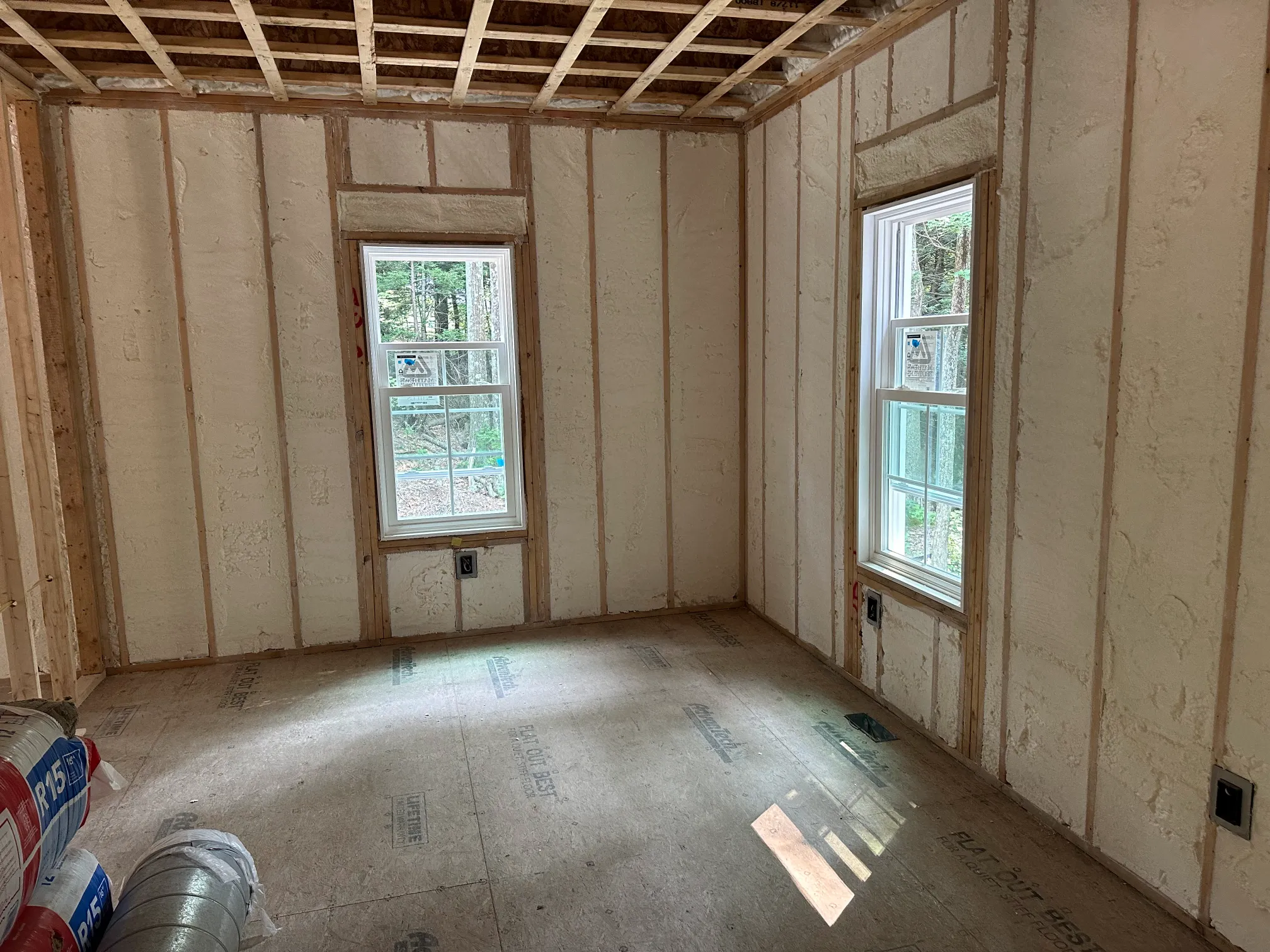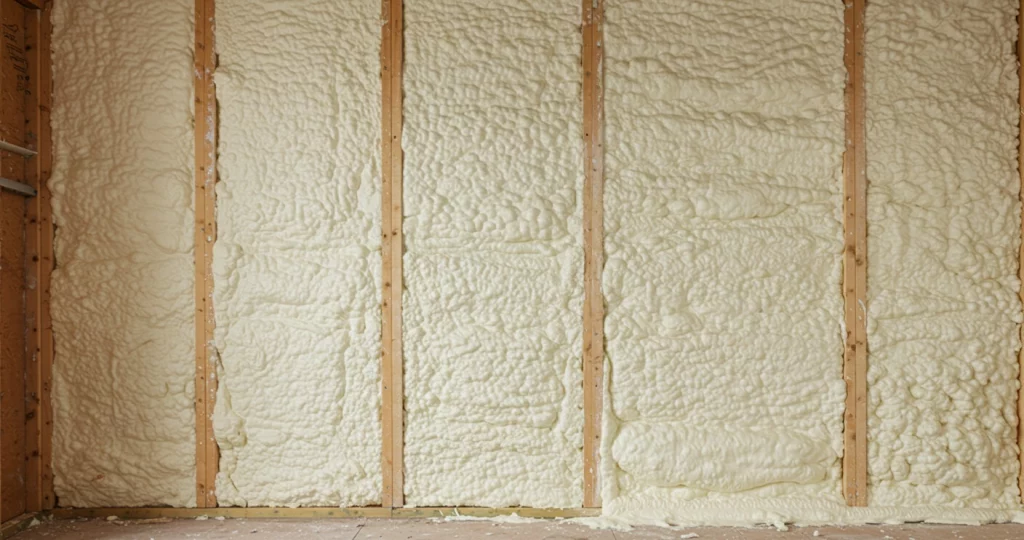
Spray foam insulation, when applied correctly, delivers high energy efficiency. Improper handling, however, presents risks to both applicators and building occupants. In Petersham, MA, proper safety measures must be followed to account for the region’s seasonal climate swings, variable humidity, and strict environmental codes. Failure to follow protocol can lead to indoor air quality issues, fire hazards, or improper curing.
Professionals must control ventilation, personal protective equipment (PPE), ambient conditions, and curing times to meet safety benchmarks. This article outlines the key safety practices, technical data, and real-world advice based on jobsite experience. The insights here reflect the application environments and conditions typical of Central Massachusetts, as seen in the work of Lamothe Insulation & Contracting.
Work areas must be mechanically ventilated during and after spray foam application. Cross-ventilation is preferred to avoid chemical accumulation.
Bonus Tip: Negative pressure ventilation helps prevent fumes from entering occupied zones during retrofit projects.
| Foam Type | Typical Off-Gassing Period | Required Ventilation Time Post-Application |
|---|---|---|
| Open-Cell | 24 hours | Minimum 24 hours |
| Closed-Cell | 24–48 hours | Minimum 48 hours |
| Low-VOC Variants | 8–12 hours | Minimum 12 hours |
Source: U.S. Environmental Protection Agency (EPA), 2023 Safety Bulletin on Spray Foam Ventilation
Every spray foam crew member must wear specific PPE to minimize exposure to isocyanates and other reactive agents.
| Role | PPE Required |
|---|---|
| Sprayer | Full-face respirator, chemical-resistant suit |
| Assistant/Helper | Half-mask respirator, coveralls, gloves |
| Site Supervisor (in zone) | Safety goggles, respirator, gloves |
Bonus Tip: Always inspect respirator cartridges before each job. Degraded filters compromise safety and performance.
Climate conditions in Petersham can swing drastically between seasons. Foam application must follow product-specific guidelines for substrate temperature and humidity.
| Foam Type | Ideal Substrate Temp | Max Relative Humidity | Notes |
|---|---|---|---|
| Open-Cell | 60°F to 80°F | 40% to 60% | Risk of overexpansion below 50°F |
| Closed-Cell | 50°F to 100°F | Up to 70% | High density; sensitive to surface temp |
Source: Manufacturer Technical Data Sheets (Icynene, Demilec 2024 editions)
Spray foam insulation must be protected with ignition or thermal barriers per IRC and IBC standards. This is critical in unvented attics, basements, and crawl spaces.
| Coating Type | Use Case | Fire Rating |
|---|---|---|
| Intumescent Paint | Unvented attics, wall cavities | Class I or II |
| Thermal Barrier Board | Basements, garages | Class I |
Bonus Tip: Do not assume all coatings meet code. Request third-party testing documentation for any product used.

For job-specific insulation advice, safety assessments, or to schedule service in Petersham, contact:
Lamothe Insulation & Contracting Phone: (508) 847-0119 Email: [email protected]
Yes, but substrate condition must be verified first. Plaster, knob-and-tube wiring, and old framing may require prep or upgrades.
Not recommended. Small-scale kits still release isocyanates and require full PPE and ventilation. Mistakes are costly and hazardous.
If not cured or ventilated properly, yes. Follow all off-gassing timelines and use certified applicators.
Local code often follows the Massachusetts State Building Code, but check with your town’s building department for specific fire rating and ventilation requirements.
Request documentation of ventilation setup, curing time, and fire protection used. Inspect coating certifications if applicable.